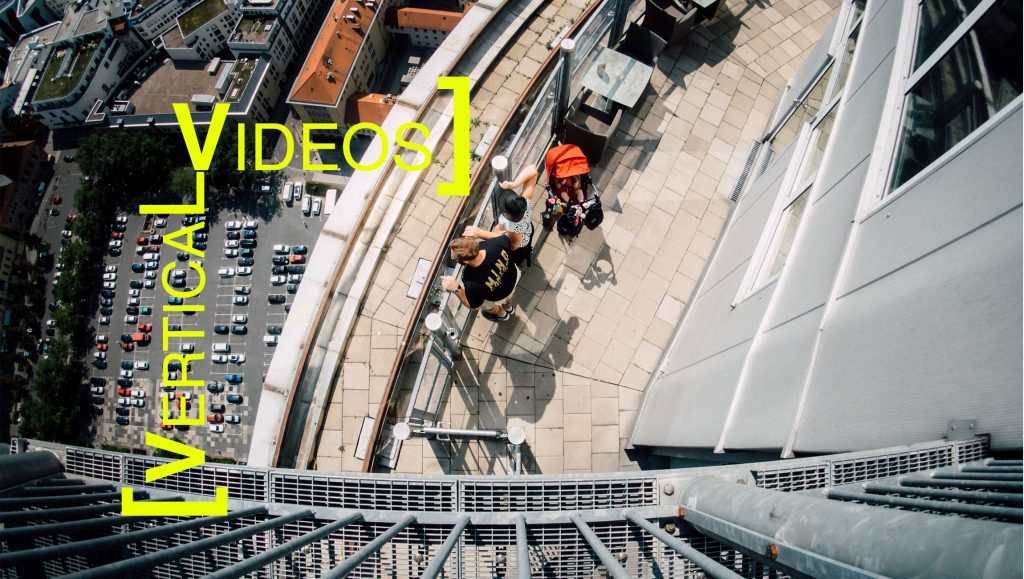Of late, a new trend has been sweeping the Internet – and no, it’s not the next iteration of the fidget spinner. Everybody’s doing it, from that guy standing on the corner with his coffee in hand to news organizations such as the New York Times and National Geographic.
I’m talking, of course, about the vertical video, the stuff that Snapchat videos and Instagram stories are made of, and the format that is increasingly taking precedence over the long-established landscape mode.
In 2010, only 5% of viewing time on any device was spent in vertical mode; by 2015, people were spending 29% of their total viewing time in vertical view. It’s estimated that people now hold their phones vertically 94% of the time, which has had a serious impact on the way content is shown and produced for mobile consumption. Mobile phone users still switch to landscape mode for specialized tasks like games and extended video watching, but the vast majority of smartphone time is spent in vertical.
Vertical video is now the format de rigueur for most social media platforms. Facebook has made a push for vertical on all of its platforms, including Instagram, WhatsApp, and its own Messenger app. Snapchat has, of course, been pioneering vertical video since its inception, which in turn has forced content creators and advertisers to come up with unique ways to use the format.
The fact that companies like Apple, Snap, and Facebook are now trying to get into the television business has also created new opportunities for advertisers on those platforms. Those brands that wish to advertise on those shows will have to play by company rules – which in Snap’s case means ads that are solely in vertical mode. But the risk comes with a considerable reward: according to Snapchat, vertical video ads have 9 times as many views from beginning to end than horizontal video ads do. Other studies show similarly high completion rates, with one study finding that Snapchat users will watch a brand’s story from start to finish 88% of the time, and another platform finding an average completion rate of 89% for their videos.
Read More: AerServ Debuts First Cost Per Completed View Programmatic Mobile Video Marketplace For Advertisers
But vertical video is not just a useful tool for advertising on social media. It’s also immensely useful for native in-app advertising, because it causes minimal disruption to a user’s experience. After all, which ad would you be more receptive to: the one that requires you to turn your phone in order to see it properly, or the one that you can watch without any extraneous movement or head-tilting? Moreover, which ad is more likely to elicit positive sentiment? Naturally, the one that mimics the existing orientation most closely.
This goes to show that having a vertical mindset when it comes to video is not just essential for social media platforms, it’s also a must when thinking about how to advertise on mobile in general. The chances of a mobile user paying attention to an ad that flashes over their browser in landscape is fairly minimal – unless they’re expressing outrage, annoyance, or general dissatisfaction with the method of delivery.
However, brands should not merely reformat the horizontal content they already have and repurpose it for vertical usage. Instead, brands must be willing to embrace vertical formats wholeheartedly, limitations and all, and create content specifically for vertical use. It might be more complicated and expensive in the short term, as creative directors and content creators test out the positive aspects and drawbacks of shooting vertically, but the fact is, no one wants to see an ad that they’ve already seen a million times before on television resized to fit a phone screen. The best content for each advertising format is conceived specifically with that format in mind.
The fact that market research suggests that people keep their phones in portrait mode 94% of the time is staggering, considering the popularity of platforms such as YouTube that privilege horizontal video. This means that vertical videos have a natural advantage compared to their landscape brethren, which marketers would do well to pick up on.






















